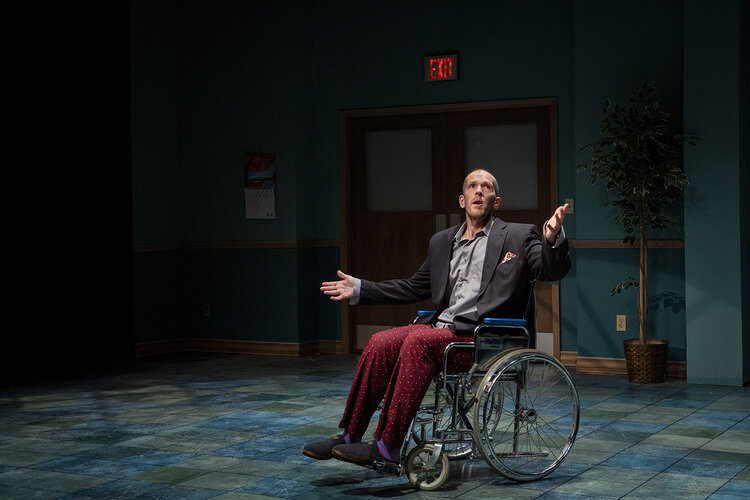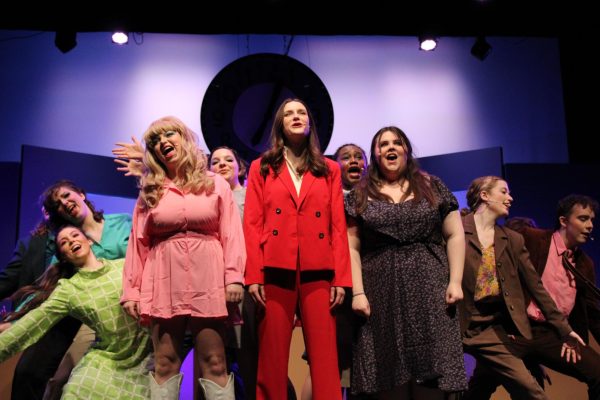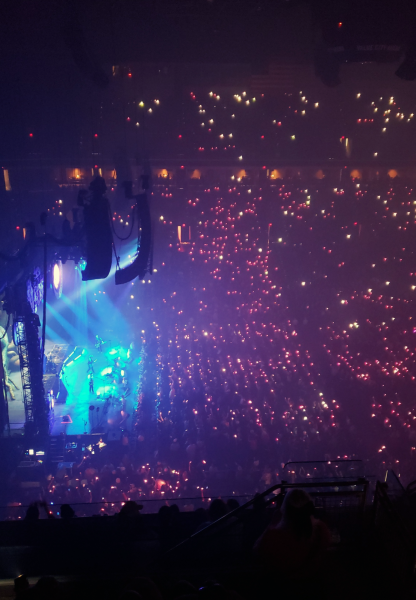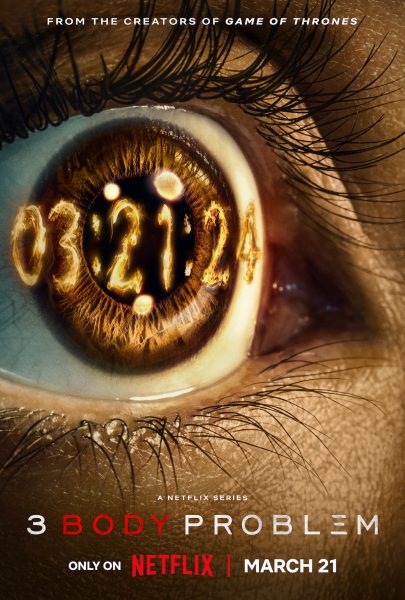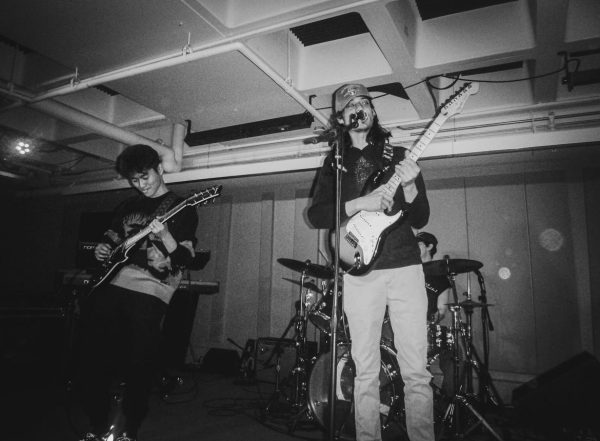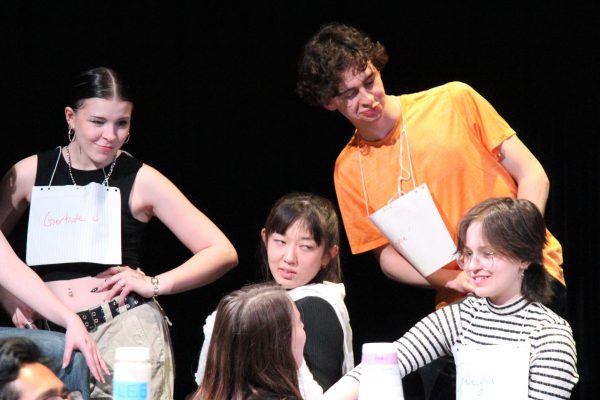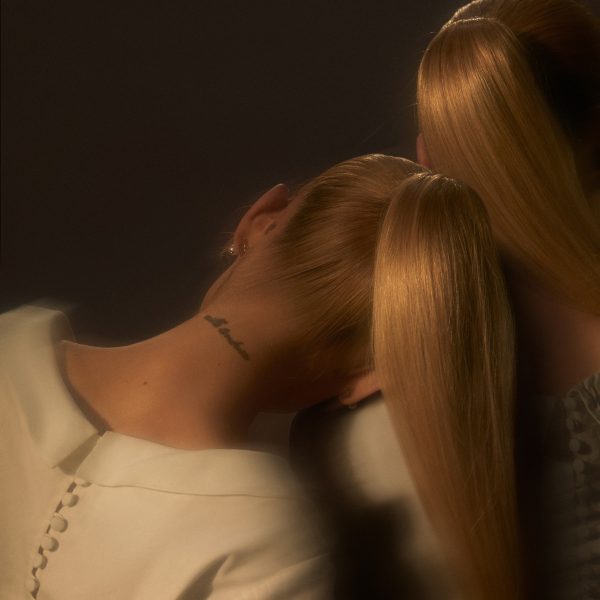“Wakey, Wakey” celebrates mortality and the simplicity of human love
October 25, 2019
“Wakey, Wakey” is Dobama Theatre’s Midwest premiere of playwright Will Eno’s mysterious exploration of mortality.
“Wakey, Wakey” stars Jason Martin as Guy, a man whose vitality burns through his witty soliloquy and visceral morality. Martin draws the audience in with his charm, establishing a naturalistic connection through his character’s affinity for self-card cueing—a reminder of his fleeting life.
Guy is driven by a sense of obligation to storytelling, which becomes more evident as his soliloquies grow more and more feverish.
Martin’s alluring storytelling is counterbalanced by Katrice Headd’s portrayal of Lisa, a warm caregiver to Guy. Lisa’s story is complex and distant; recent loss echoes in her devoted nursing of Guy.
Headd creates a sense of immediacy in Lisa’s history; it is clear that Guy’s surreal soliloquy has moved Lisa to her own introspection. The circularity and interconnection of their stories highlights the overall message of “Wakey, Wakey”: take care of each other while you can.
The director of Dobama’s “Wakey, Wakey,” Christopher Mirto, orchestrated the conveyance of this message with deft calculation; projection coordinated with stage action emphasized the gravity of Guy’s moralizations.
Particularly striking was Marcus Dana’s lighting work, intended to establish a clear dramatic focus. The lighting was focused in a circle around Headd and Martin, rooting the integrity of the play in the interplay between reality and philosophy.
This interplay was further developed in Laura Carlson Tarantowski’s elegant scenic design. An indefinable mystery was infused into the set: alluring greens and blues gradated the tile floor, plainness and constraint in the piles of cardboard boxes filled with unspecified memory. All pointing to the theme of human solidarity and connection.
Audience participation is invited, not imposed; Guy coaxes the audience to imagine loved ones in surreal spaces, in magic and in mundanity, and in love—in the otherwise one-sided vacuum of live theater.
That being said, Eno’s writing style leaves little to the imagination, as themes and morals are essentially driven into the audience from page one. The play is divided into two very distinct mini-plays of their own: Guy’s witty monologuing to the audience and the subsequent interaction between Guy and Lisa.
Still, though the presence of the second mini-play necessitates the existence of the first mini-play, one might find themselves lost in Guy’s moralization, ungrounded until Headd’s arrival onstage.
This 75-minute send-up of love and mortality provides a labyrinth of experiences for an unsuspecting audience. Prepare for puzzlement—in word scrambles and ambient music. Prepare to interact with the play, to be asked uncomfortable questions and to discover closure where you never suspected you were hurting.








